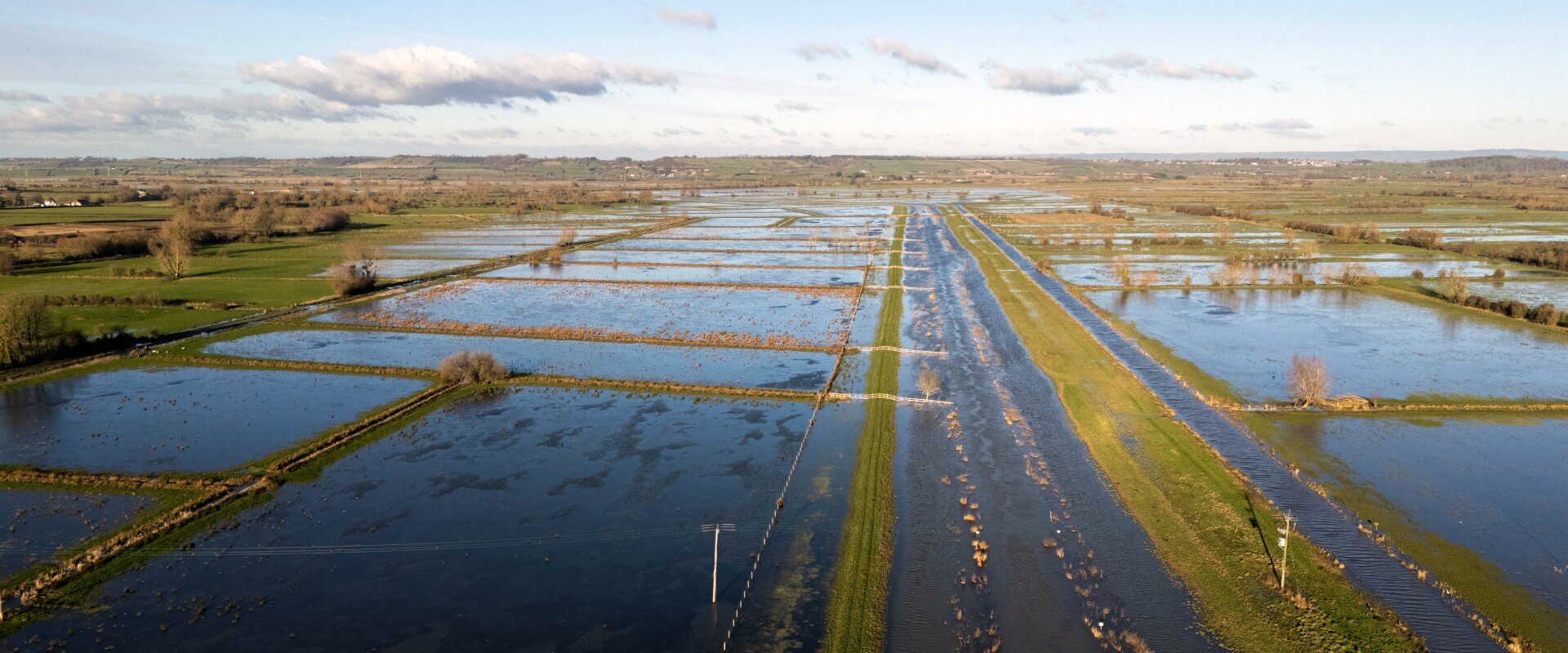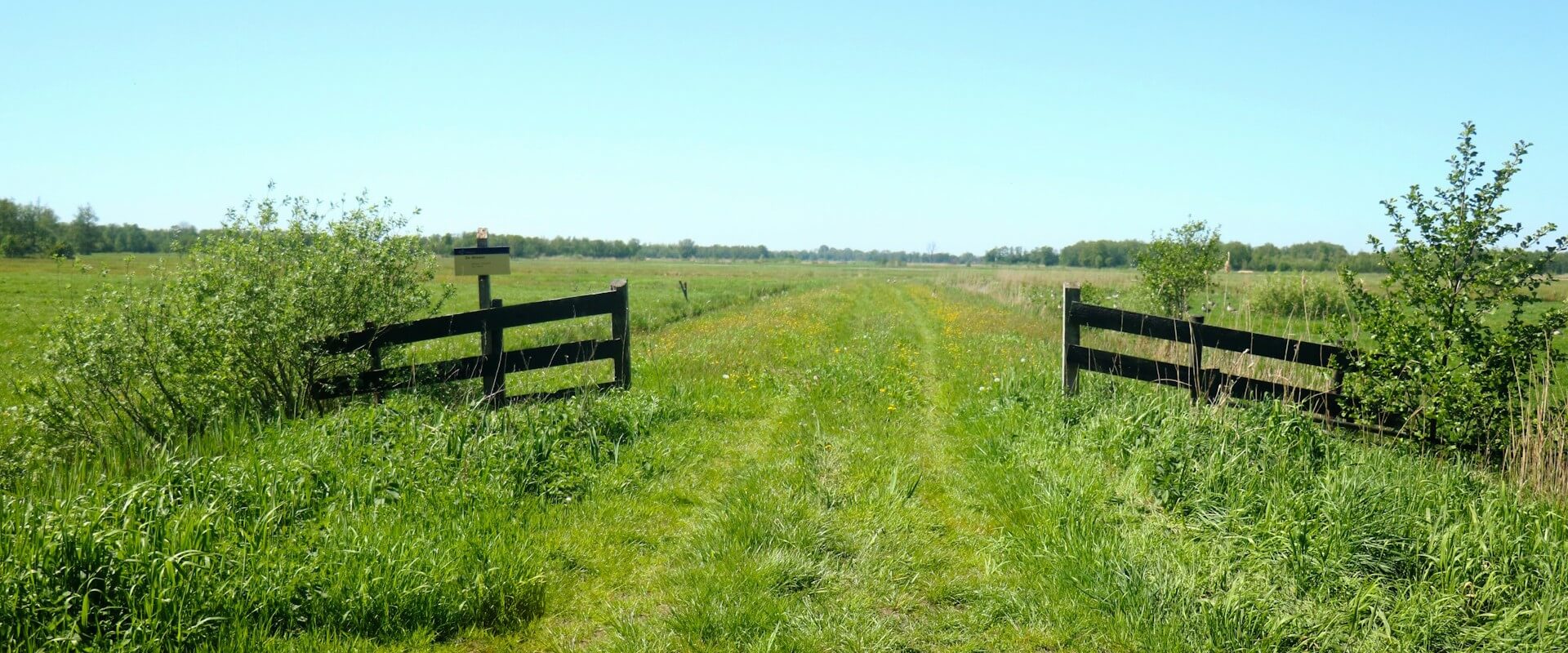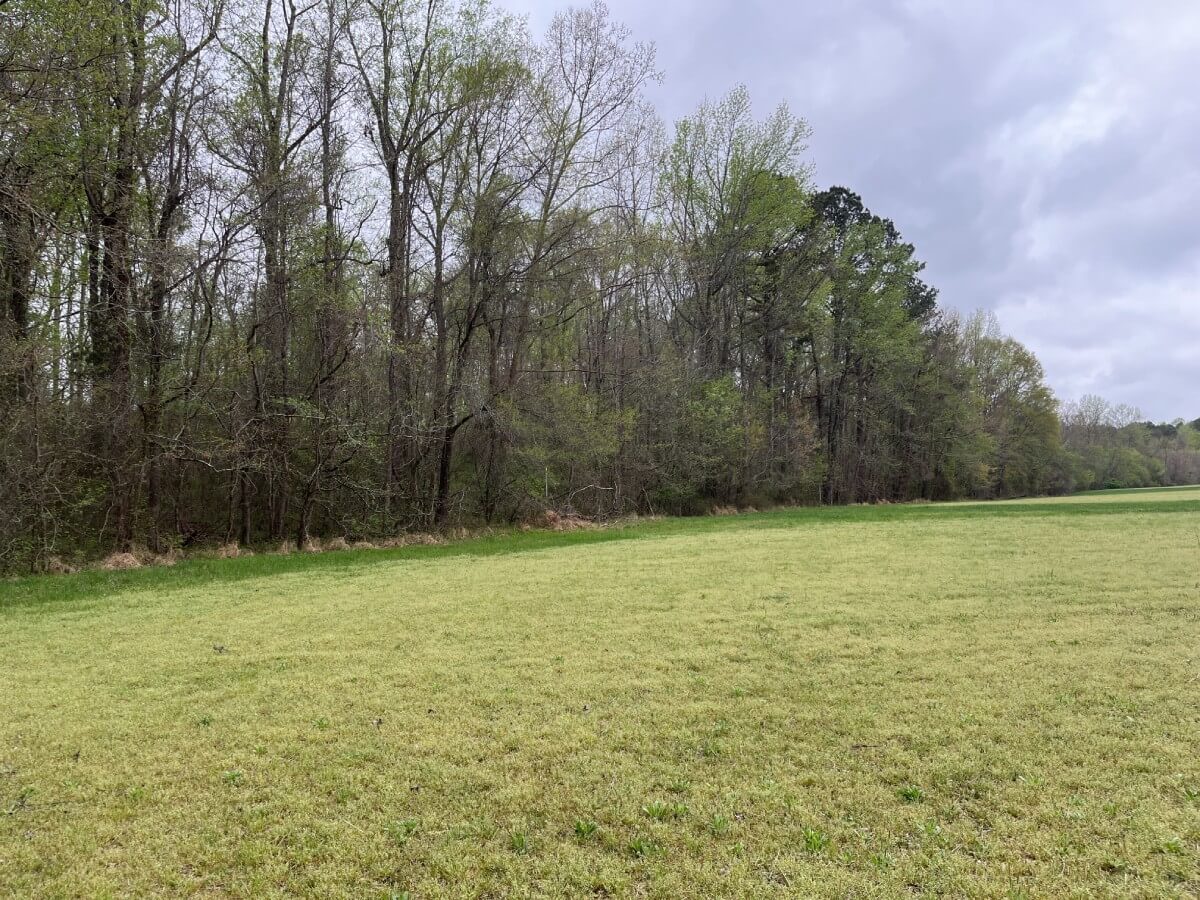In the first part of our research into how wetlands impact insurance costs, we discussed the decline of wetlands across the U.S., amplified by recent legal changes that leave millions of acres unprotected. Now, we connect that ecological loss to your everyday life. How does the disappearance of these "natural sponges" potentially affect community safety and your finances?
This post delves into the link between wetland loss, escalating flood damage, and the subsequent rise in insurance costs impacting homeowners nationwide. We'll also explore how wetlands work, showcase real-world examples of their protective power, and discuss what's being done – and what you can do – to help.
How do wetlands help with floods?
“Wetlands” is a term used to describe a type of ecosystem that is dominated by water, where the soil is saturated either seasonally or permanently. Swamps, bogs, lagoons, foodplains, and marshes are all examples of wetlands.
According to the EPA (Environmental Protection Agency) wetlands are considered to be among the most productive ecosystems in the world, along with coral reefs and rainforests.
While wetlands account for only about 6% of Earth’s land surface, it is estimated that almost half (40%) of all animal and plant species live or breed in wetlands. Wetlands are especially unique because of how much life they can support. They are sometimes referred to as “biological supermarkets” with the ability to provide a significant amount of nutrients to a wide array of animals.
Wetlands can form in any area where water remains long enough for the soil to become saturated, resulting in shallow standing water or soggy soil. While wetlands are commonly near rivers, streams, lakes, and the ocean, they can also form in low points of hilly areas and other landscapes.
Think of wetlands as a sponge. They absorb extra rainwater and slowly release it back into the environment. One acre of wetlands can hold about 1.5 million gallons of water. Wetlands are able to sustain incredibly diverse plants, like trees, shrubs, and grasses and therefore can absorb some of the excess rainwater and runoff from storms.
They also slow the movement of water, which helps prevent erosion and rapid flooding downstream. By slowing down the water, wetlands can spread floodwaters more evenly across the floodplain and reduce the impact on any one area. Wetlands also protect communities by filtering and trapping pollutants from contaminated floodwater.
Research from Resources for the Future indicates that the most valuable wetlands for flood mitigation are located 500-750 meters from the nearest stream or river. This is particularly concerning because of the recent narrowing of the WOTUS definition, which effectively eliminated federal protections for an estimated 50% of “isolated” wetlands lacking a continuous surface water connection.
Real World Examples of Wetlands Helping Reduce Floods
- In 2017, a group of researchers quantified the cost of wetland impacts on the East Coast by using flood and loss models. They showed that wetlands reduced flood heights and avoided $625 million in direct flood damages across twelve states (from North Carolina to Maine) during Hurricane Sandy.
- Smith Island Estuarine Restoration - This restoration project is part of the larger Snohomish River Basin Salmon Conservation Plan. Located in Washington state, more than 300 acres of tidal wetlands were restored. This resulted in the restored area now being able to store more than 482 million gallons of water, protecting the nearby City of Everett from future flooding.
- The Waccamaw National Wildlife Refuge acquired a 35,000 acre Refuge where the Waccamaw and Pee Dee Rivers meet, and includes parts of Horry County and the City of Conway, South Carolina. It is estimated that this land stored approximately 98 billion gallons of flood water caused by record flooding due to Hurricane Florence. The Refuge also aided Horry County in improving its floodplain management, leading to the County improving its rating with The National Flood Insurance Program. This improvement lowered flood insurance rates for homeowners and saved them over $500,000 per year.
How are shrinking wetlands increasing the cost of local floods?
While wetlands are important for many reasons, one important function they serve is natural flood protection. As wetlands disappear, heavy rains and natural disasters like hurricanes will become increasingly devastating.
In an article published in the American Economic Review journal, experts estimated the U.S. lost 331,000 hectares of wetlands between 2001 and 2016. That is roughly the size of over 700,000 football fields and the authors estimated it cost Americans an additional $600 million per year in higher damages from flooding. Conversely, the same study estimates that wetlands in the U.S. provide $1.2-2.9 trillion in flood mitigation value.
With the recent removal of protections for millions of acres of wetlands, the annual flood cost for American communities will most likely increase. As we are already starting to see in Gulf Coast states, the removal of wetlands have a direct impact on home insurance rates. For example, an analysis of FEMA’s Risk Rating 2.0 program, which aims to price flood insurance based on actual risk, estimates dramatic premium increases in areas prone to flooding. This analysis found that homeowners in the Gulf Coast states will experience the highest premium increases. 66% of all policies will see an increase, and 31% of policy holders can expect to see a 100-300+% increase in their insurance premiums.
Will removing more wetlands affect home insurance rates?
Yes. Insurance companies, particularly the National Flood Insurance Program (NFIP), are already adjusting their risk calculations, which will lead to higher premiums for homeowners in flood-prone areas. In a report published by First Street Foundation, significant increases in flood insurance premiums in high-risk areas were highlighted.
For example, in Plaquemines Parish, Louisiana, the average NFIP premium is projected to increase by 545%, jumping from $842 to $5,431 per year. Similarly, in Monroe County, Florida, homeowners can expect their average annual flood insurance costs to rise from around $1,759 to $4,622, representing a 163% increase. 11,972,823 properties are at risk of increased insurance prices or reduced coverage, and 4,711,479 properties have already been impacted by the insurance adjustments.
How Unique Places to Save Works to Reduce Flood Impacts
- Point Farm - This project conserves and restores over 1,100 acres of tidal salt marsh, which naturally absorbs and stores excess floodwater during storms and high tides. By enhancing the marsh's capacity to absorb water and prevent erosion, this project helps mitigate the impacts of extreme weather events, potentially reducing the flood risks for the Charleston, SC metropolitan area.
- Boiling Spring Wilderness - This project conserves over 1,000 acres of the Boiling Spring Lakes Wetland Complex natural area. This project protects wetlands and the water quality of the underlying Castle Hayne Aquifer, which lacks a confining soil layer that would normally prevent contamination of the groundwater.
Removing protections for wetlands comes with a cost that falls onto homeowners and taxpayers. This loss of wetlands is amplified by the legal, not scientific, redefinition of what constitutes a wetland. Redefining wetlands to only include wetlands with a continuous surface connection effectively strips protections from millions of acres of wetlands that were previously recognized and regulated. Losing protections for these valuable ecosystems will ultimately lead to their loss without any mandatory measures to offset damage.
The connection is clear: protecting wetlands isn't just an environmental issue; it's a matter of community safety and financial security for millions of Americans. By understanding their value and supporting conservation efforts, we can help safeguard these natural defenses and mitigate the rising costs associated with their loss.
To help nationwide efforts, we encourage you to take action any way you can. A donation can help us continue to protect crucial wetlands. If you’re interested in taking a more direct approach, consider contacting Michael Scisco and Mandi Taylor to speak about conservation easements and how you may benefit from them. Additionally, getting involved with local advocacy groups focused on saving wetlands, such as Carolina Wetlands Association, can further wetland conservation efforts.
About the Author
With dual Master’s degrees in Public Health and Business Administration, Mandi has successfully secured federal grants and managed significant projects that enhance environmental and community well-being. She leverages her diverse background to contribute to sustainable conservation efforts that protect vital ecosystems.
Learn More





